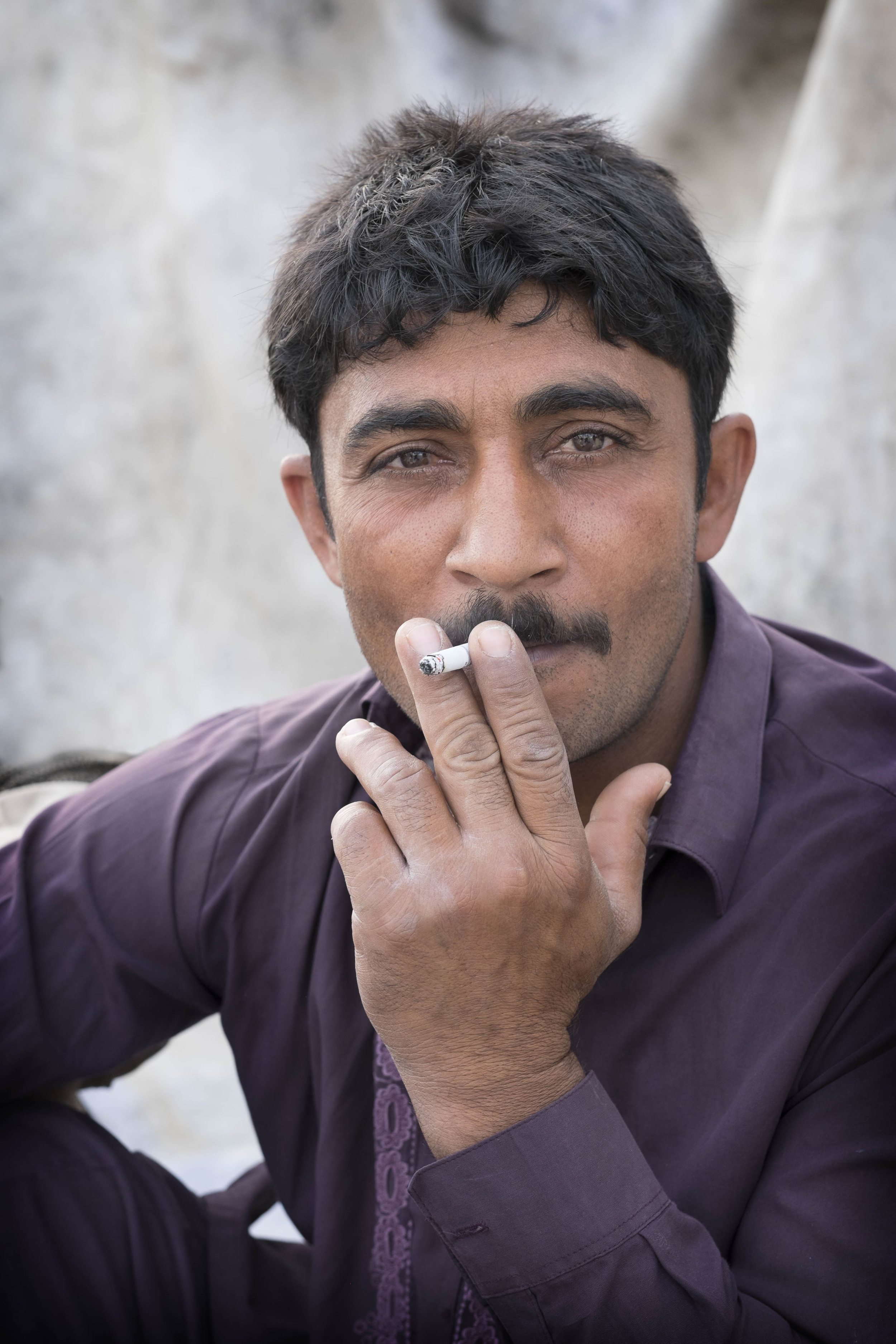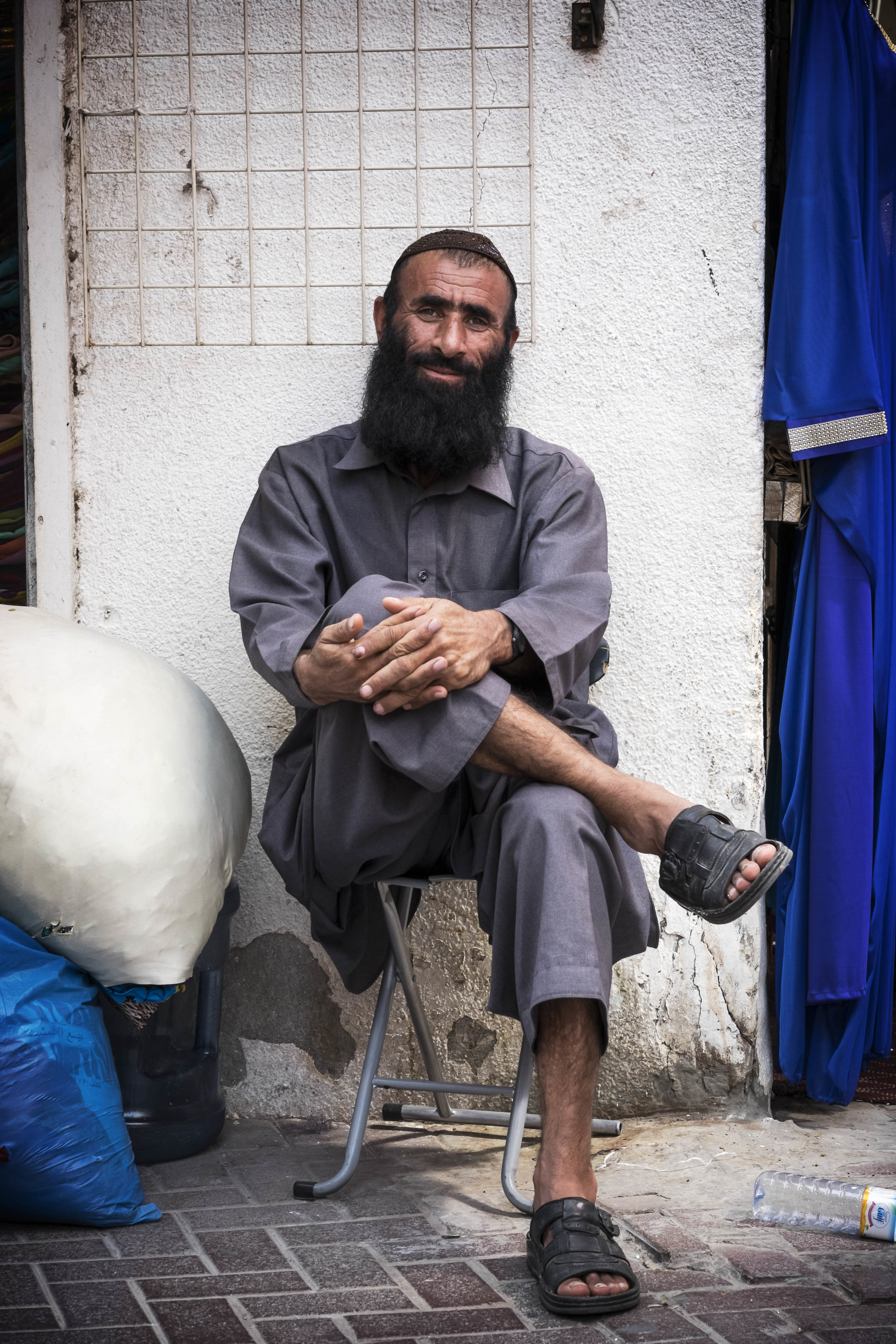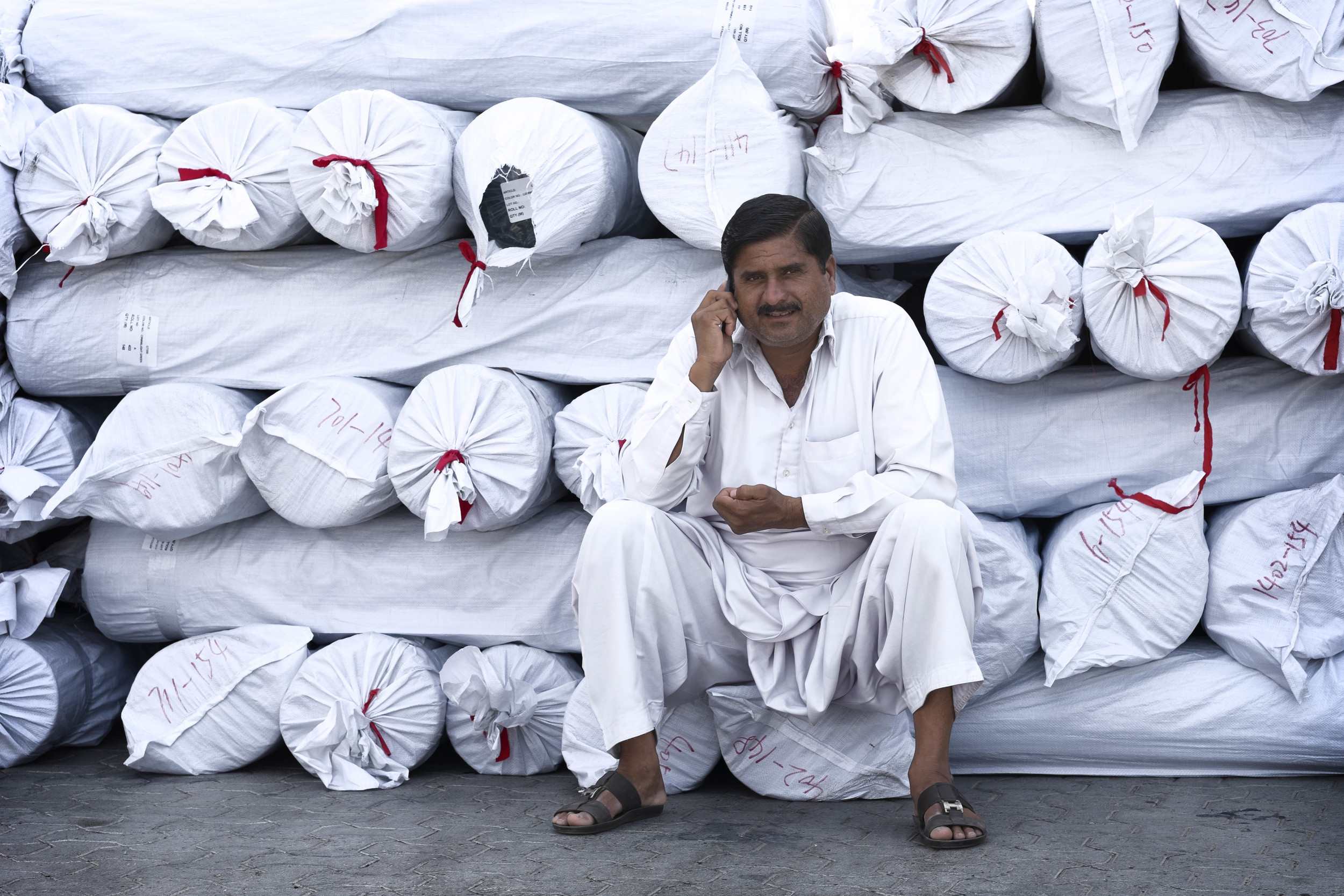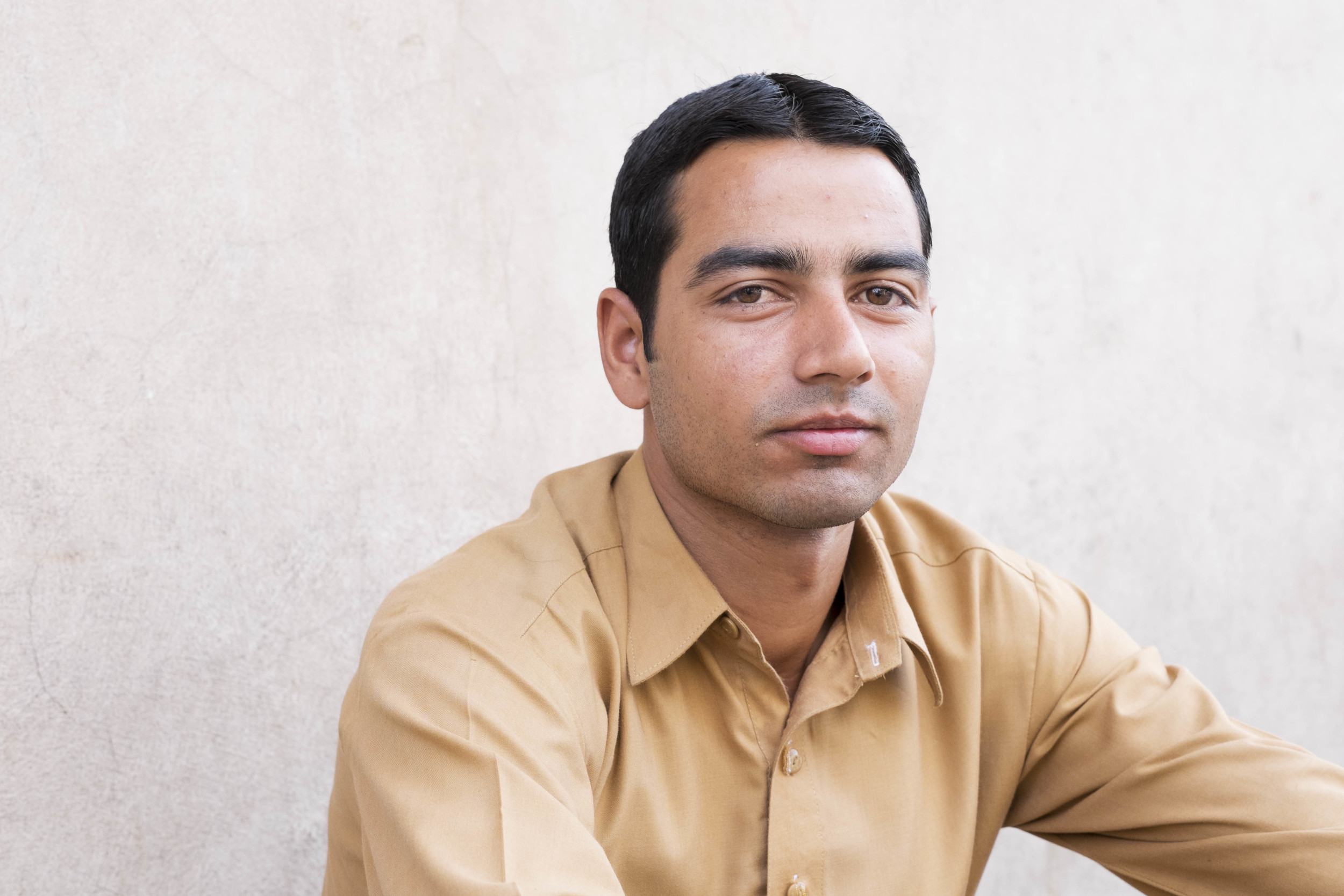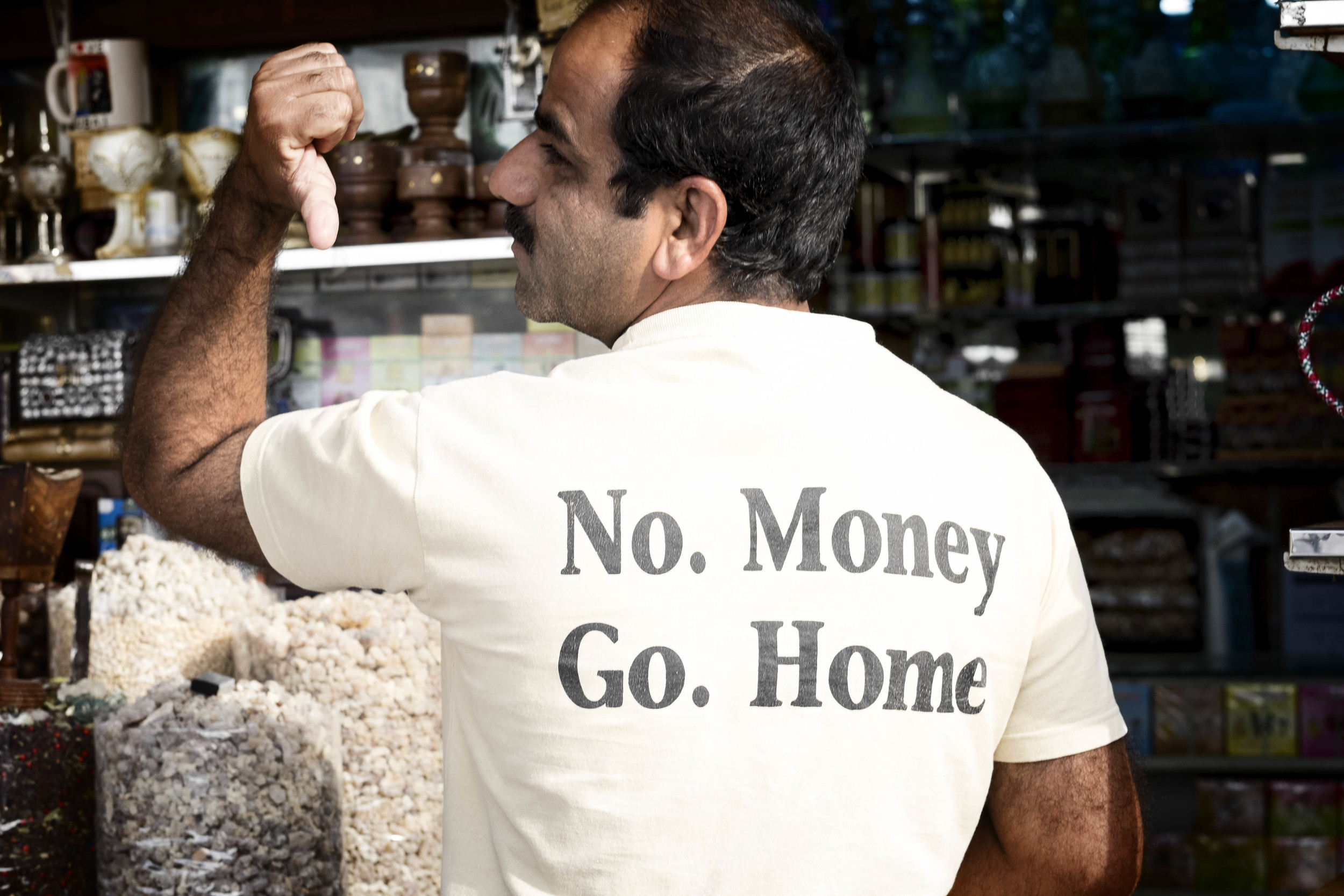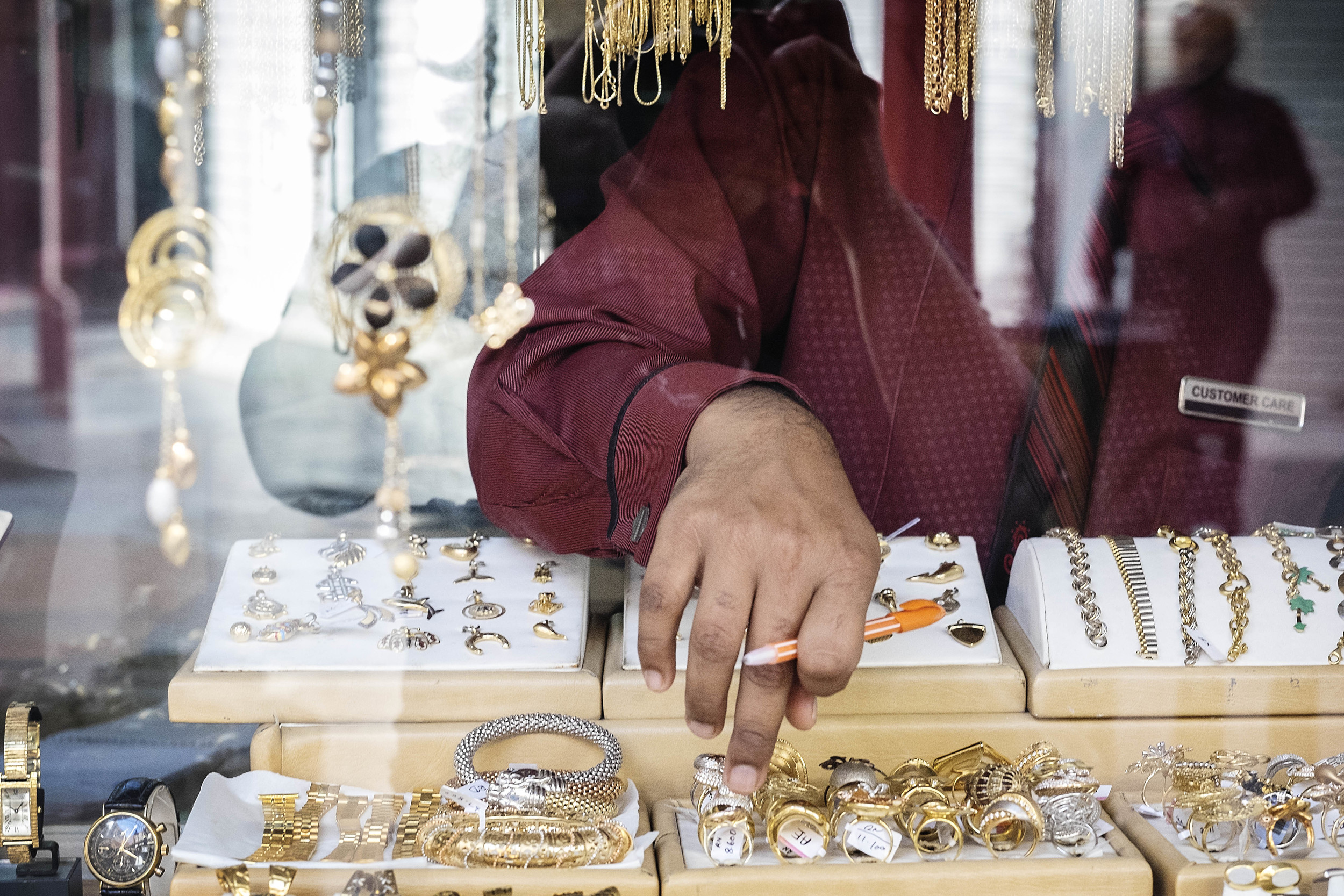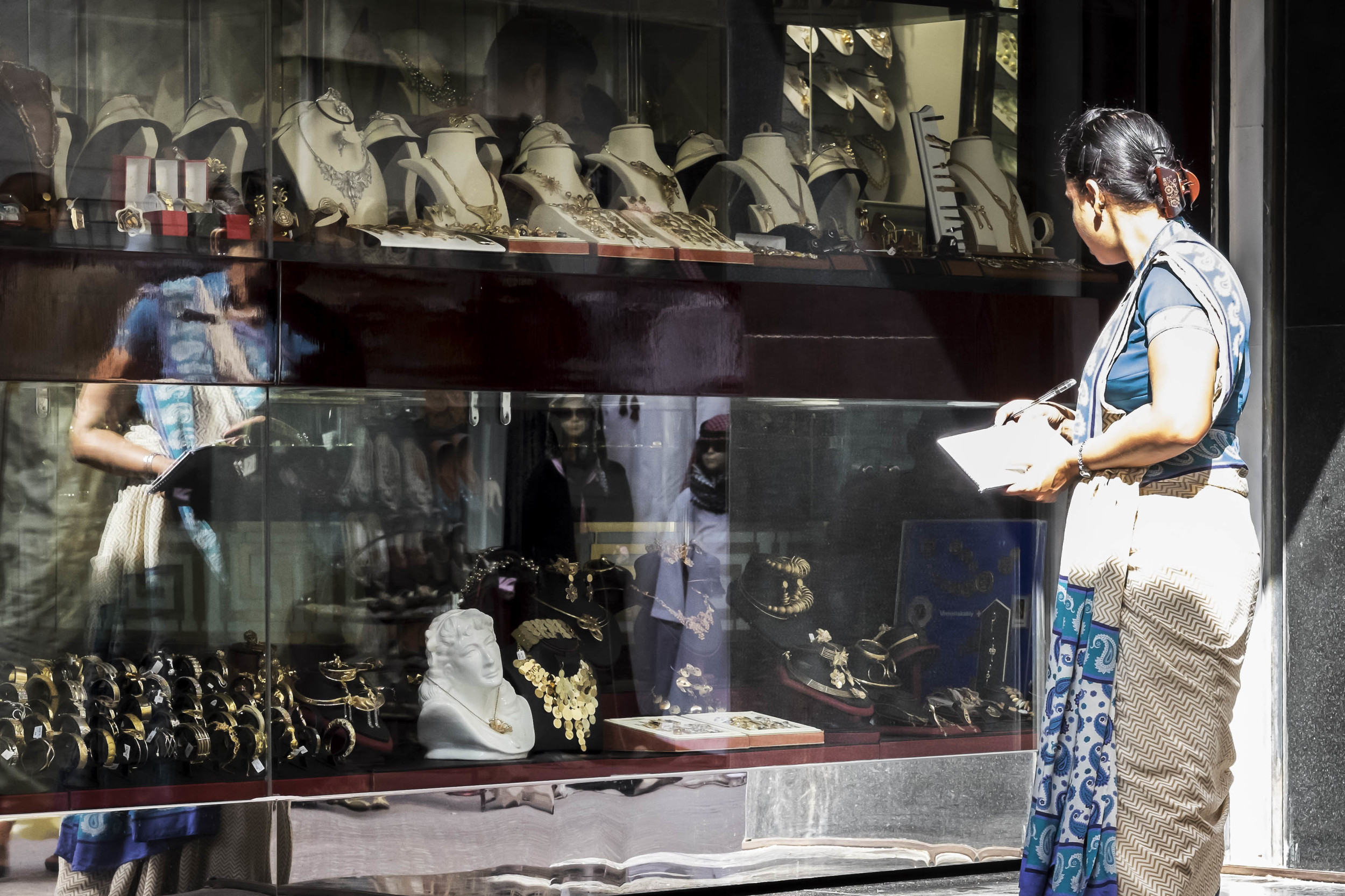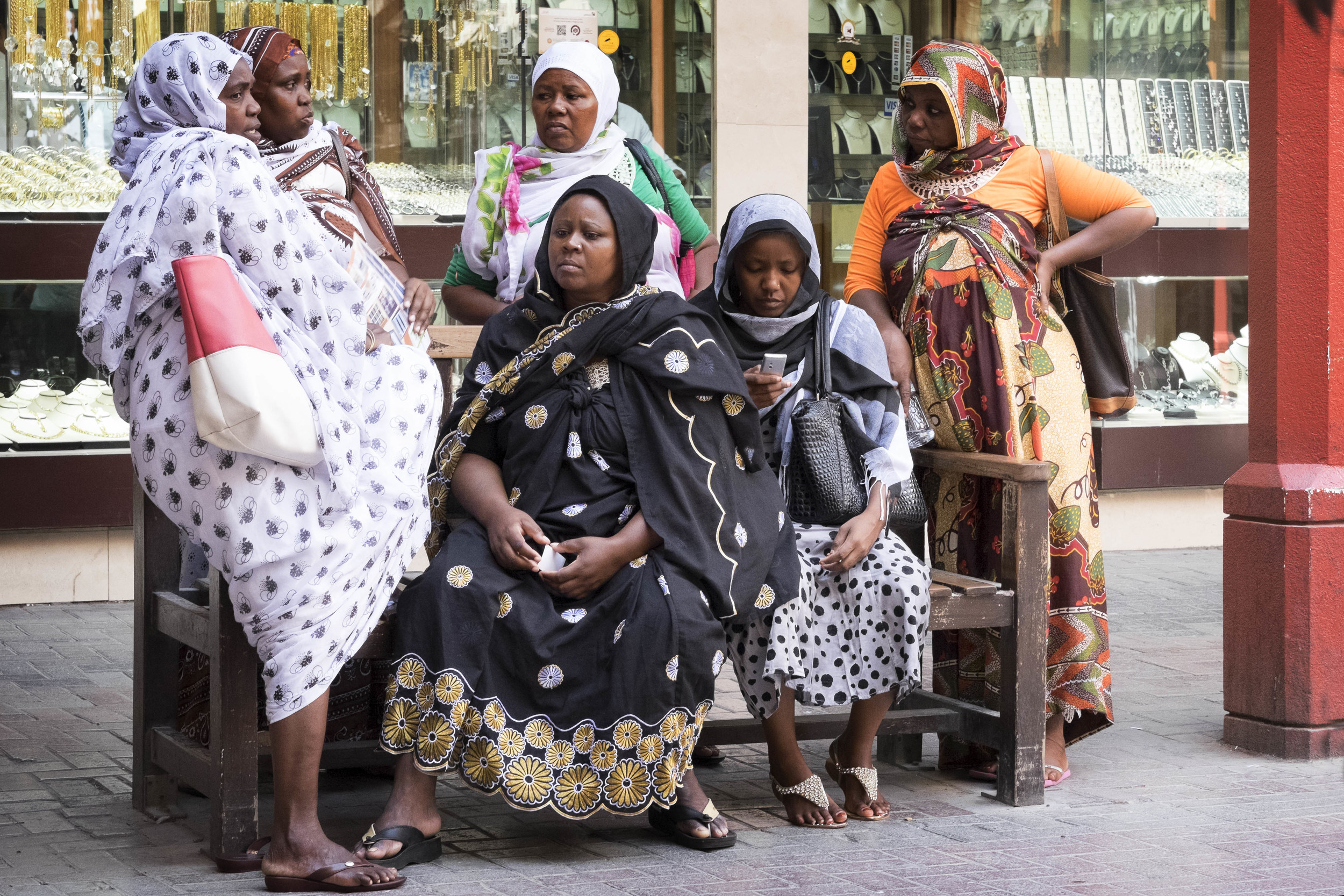I want to be able to make a compelling portrait. Not just good but compelling.
So the most important question then for me is what makes a compelling portrait. Clearly technique is important – location, lighting, framing etc. But then I have seen images that are technically well executed but fail to draw me as the viewer into that image. I appreciate the image but does it draw me into wanting to know about subject? Often times not.
So then there has to be something else that contributes to the making of an “iconic” image. An intangible quality that strikes the viewer and draws him into that image make him or her wanting to know more about the subject. Is it emotion or gesture or expression or all of them in some combination that resonates with the viewer and leaves them with wanting to know more?
Why not start with myself as a viewer and think about the portraits that were compelling to me and why?
There are three that come unaided to my mind:
- Steve McCurry’s Afghan Girl
- Dorothea Lange’s Migrant Mother
- Yusuf Karsh’s Winston Churchill.
Take Steve McCurry’s Afghan Girl for the purposes of this discussion.
A outstanding portrait in color, well executed and beautifully composed. All the visual elements – texture, light, color, and composition were there. The girl herself was beautiful. She took my breath away but it was her expression and her eyes that stayed with me. She looked at the camera with a strange mixture of trepidation and bravado; almost defiant, but also scared. I felt something stir inside when I saw that image. Something I cannot fully express. What I do know is that whatever it was, it stayed with me.
I was drawn in enough to want to know more about her. I remember thinking about her in the context of Afghanistan, one the harshest and most complex environments for women and I always used to wonder, will she make it? Will she be able to make her own life choices? What kind of compromises will she have to make. Here eyes haunted me and truly it goes back to that age old saying that the “eyes are windows to soul”.
I really connected with that image and even now years later, after knowing her story; I still get poignant when I see her portrait, the same as I did when I first saw it. The only difference for me is that from wondering where she has gone, I know and it has only resulted in increased sympathy for her. There is a bit of regret on how her life has been but her photograph still speaks to me. It still symbolizes hope for the future and the possibility of breaking free.
This is what I call an iconic image, a compelling portrait.
For a photographer’s perspective, I suppose there is an element of luck involved too. After all capturing that expression, that intangible quality is not something you can plan. It just happens and the trick is to be ready for it.
Back to my intent?
Well, like I said I want to make compelling portraits. The likelihood of doing for this brief specifically or for that matter in the future may be low but hope springs eternal. What’s the point of aspiring to make a “good” picture? A lot of studio photographers do that every day. I want to capture something more unique. Something where it’s not the technique that attracts viewers but that something intangible that draws them in and makes them think about that image for a bit.



